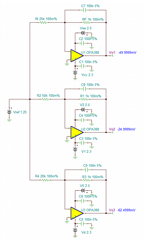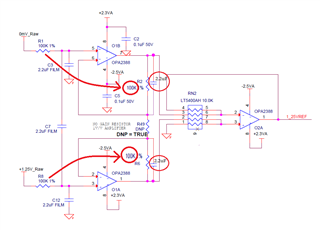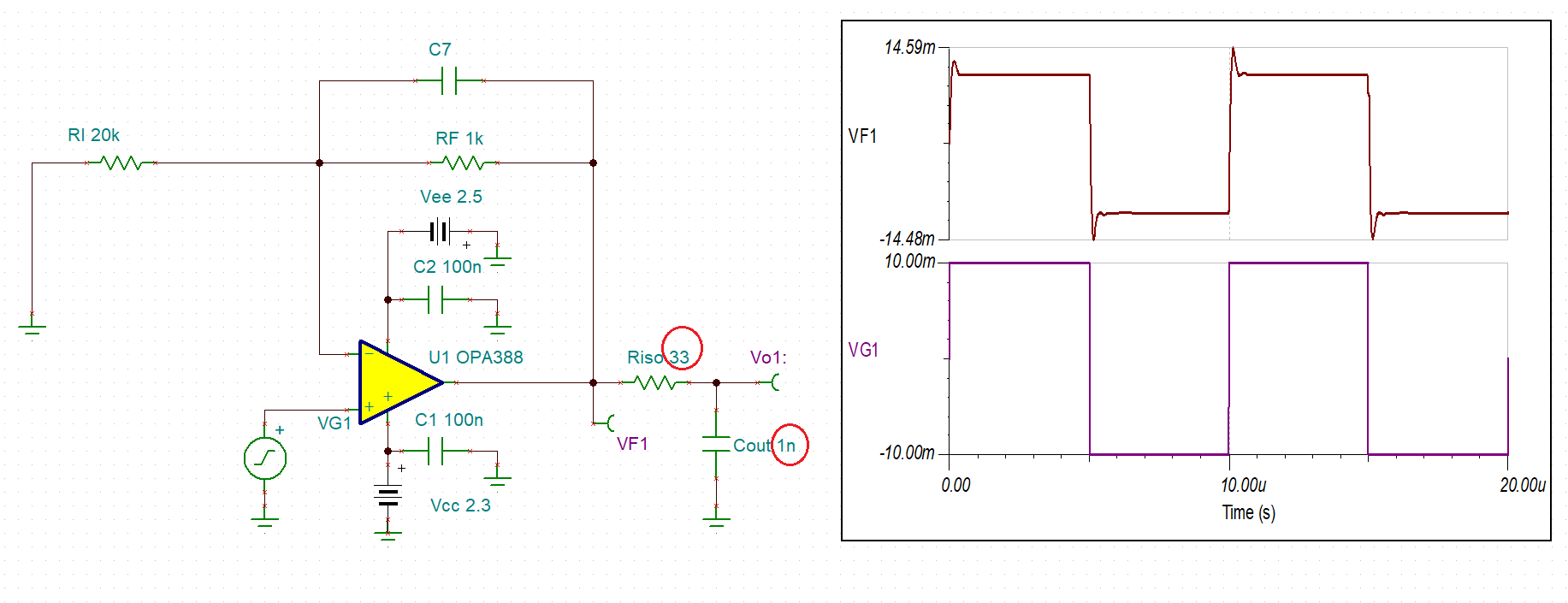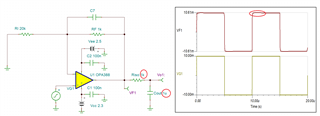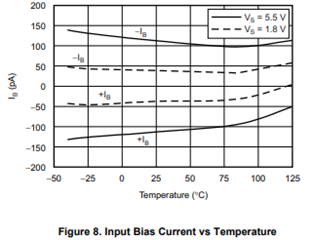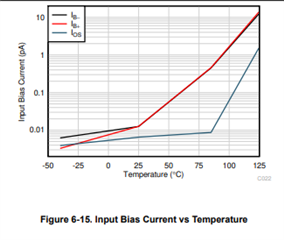Other Parts Discussed in Thread: OPA2387, TINA-TI, LMP2012, OPA2333, OPA2392, LMC6482
Good Day TI,
I've linked this question to a topic where someone was having a relatively similar issue. Unfortunately, they never confirmed if a solution was found.
I've got a design using multiple OPA2388 amplifiers. 1.250000V is sent to this board from an external precision reference. Unfortunately, it could be offset from /Ground/, so this signal is sent through amplifiers in an INAMP configuration to both buffer and reference it to system ground. It is then sent through additional amplifiers in inverting configurations to generate -62.5mV, -25mV and -50mV.
The circuit works very, very well from -55 to ~85 degrees C. Above 85, however, we suddenly see a very significant decrease in the output voltage of our mV signals.
Is there anything inherent to the OPA2388 that causes a shift in parameters around 85C? Our components and layout are all very high quality (film caps on the input voltage, C0G on the amplifier output, matched pair resistors for gain, etc), 6 Layer board with well thought out ground planes. +2.3/-2.5 supplies are stable and quiet over the temperature range.
I've attached the schematic here and would appreciate some feedback. We are open to changing to a different amplifier. OPA2387 does look quite suitable, for instance.
Absolute input offset is important, but drift over temperature and time is much more so. We can calibrate out any fixed offset error, but we only have a limited range of acceptable values, so offset can't be too significant.
Thank you very much.



